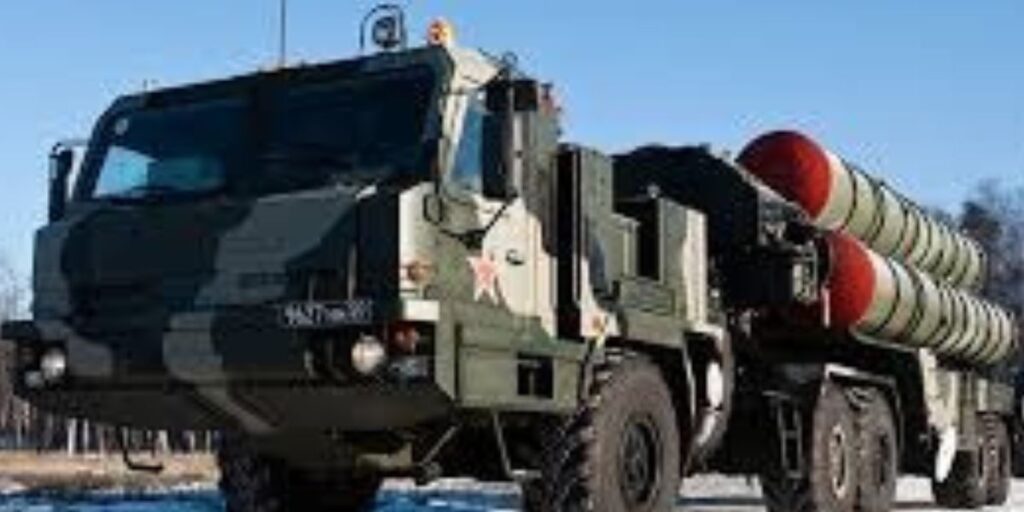SOFIA : According to Bulgarian Military Review, the destruction of the S-400 anti-aircraft system during Pakistan’s retaliatory strike has been termed the most high-profile incident of the conflict.
The report notes that the Adampur Air Base—central to northern India, housing a Sukhoi squadron, and located just 100 kilometers from the border—was the site of the S-400’s elimination.
The defense analysis highlights that the destruction of the Russian-made system at such a critical air base has significantly weakened India’s defense capabilities.
If Pakistan has integrated hypersonic technology into its JF-17 Thunder aircraft, as suggested, the strike capability of the Pakistan Air Force has been greatly enhanced.
Bulgarian Military Review also speculates that Pakistan may have developed an indigenous version of Chinese hypersonic missiles.
The S-400’s destruction is expected to have long-term implications on India’s defense strategy. The analysis concludes that the incident sends a symbolic message: Pakistan possesses the capability to strike deep within Indian territory, and the S-400 is vulnerable to saturation attacks or targeted strikes on its radar and command units.
It is worth mentioning that India used the Pahalgam incident as a pretext to launch aggression against Pakistan.
After targeting several Pakistani cities with missiles and drones, India carried out nighttime missile attacks on three Pakistan Air Force bases.
In response, on the morning of May 10, Pakistan launched a retaliatory strike, destroying several Indian Air Force bases.
ALSO READ: India must accept Pakistan’s air superiority, British journalist
India’s communication system was disabled, and its military installations suffered heavy damage. Following this, an American journalist reported that India urgently appealed to the United States for assistance in initiating a ceasefire. Acting on the instructions of U.S. President Donald Trump, both countries subsequently announced a ceasefire.





